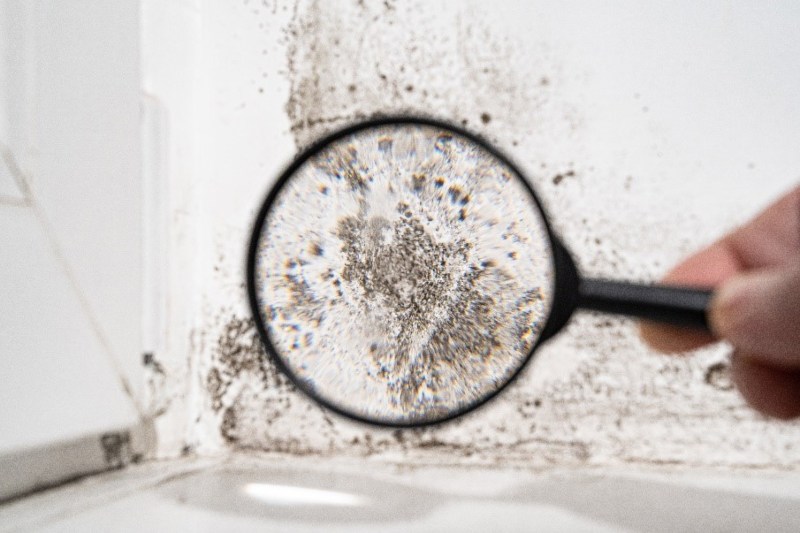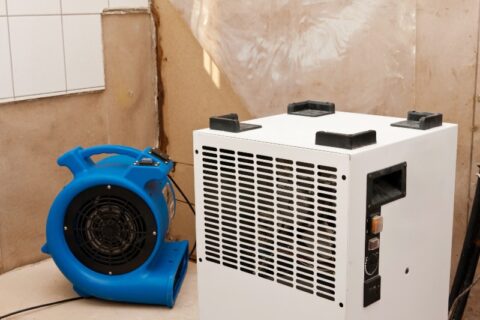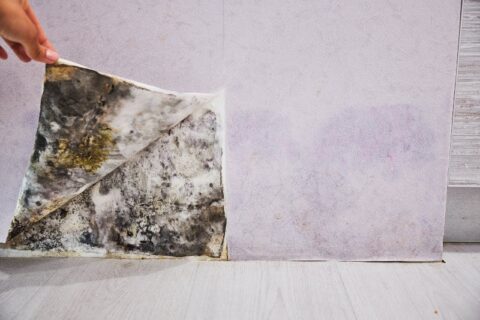Types of Mold Species & Mold Spores

Mold spores are very small and can be difficult to see with the naked eye. However, they are present in nearly every home and can cause a variety of health problems, including respiratory problems, skin irritation, and allergic reactions. There are many different types of mold spores, and some are more harmful than others. Read on to learn more about the types of mold species in the home, what is considered to be a high mold count, how to safely remove mold, and how to prevent it.
Common Types of Household Mold
The most common type of mold spore is Cladosporium. These spores are often found on damp surfaces, such as shower curtains or in basements. They can also be found on moldy food. Cladosporium spores are not typically harmful to humans, but they can cause problems for people with asthma or other respiratory problems.
Another common type of mold spore is Aspergillus. These spores are often found in damp areas, such as near leaks or in humidifiers. They can also be found on moldy food. Aspergillus spores can cause respiratory problems and allergic reactions in some people.
Stachybotrys (also called black mold) is a type of mold that produces toxins that can be harmful to humans. This type of mold is often found in homes that have been flooded or have had water damage. Stachybotrys spores can cause respiratory problems, skin irritation, and allergic reactions.
Mold spores are invisible to the naked eye and can be found both indoors and outdoors. Mold growth is often visible as a fuzzy or slimy substance on surfaces. Inhaling mold spores can cause a variety of health problems, so it’s important to remove mold from your home as soon as possible.
What Is Considered a High Mold Count?
When it comes to mold, there is no such thing as a “safe” level of exposure. However, some experts consider anything over five hundred spores per square meter of air to be a high mold count. This is especially true if the mold spores are of a particularly harmful variety. If you believe that your home has a high mold count, it’s important to take steps to rectify the situation as soon as possible.
There are a few different ways to test for mold levels in your home. You can purchase a mold testing kit from your local hardware store, or you can hire a professional to do an inspection. If you opt for the latter, make sure to find someone who is experienced in dealing with mold and has the proper equipment to do a thorough job.
How to Safely Remove Mold
Once you’ve determined that your home has a high mold count, it’s important to take steps to remediate the problem. This usually involves removing the source of the moisture (such as a leaky pipe or roof), cleaning up any visible mold growth, and using an air purifier or HEPA filter to remove spores from the air. If you have a severe mold problem, you may need to consult with a professional for additional mold removal help.
How to Prevent Mold From Reoccurring in Your Home
If you’ve had mold in your home before, you know how frustrating it can be to get rid of it and then have it come back. Here are some tips to help prevent mold from reoccurring in your home:
- Keep humidity levels low– Mold thrives in humid environments, so it’s important to keep the humidity levels in your home low. Use a dehumidifier if necessary.
- Fix any leaks promptly – Leaks are one of the main causes of mold, so it’s important to fix any leaks in your home as soon as possible.
- Keep your home clean and tidy – A clean and clutter-free environment is less likely to harbor mold spores. Regularly clean your home, and don’t allow any areas to become cluttered.
- Inspect your home regularly for mold – If you catch mold early, it’s much easier to get rid of it. Inspect your home regularly for signs of mold and call a professional if you find any.
- Use mold-resistant products
Following these tips can help prevent mold from reoccurring in your home. If you have any concerns about mold, or if you find any in your home, be sure to call a professional at Pacific Flood Restoration to learn more about our mold removal services in San Diego.


